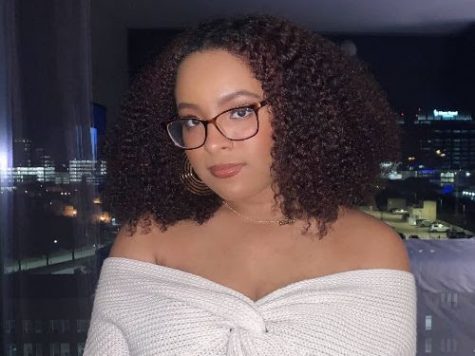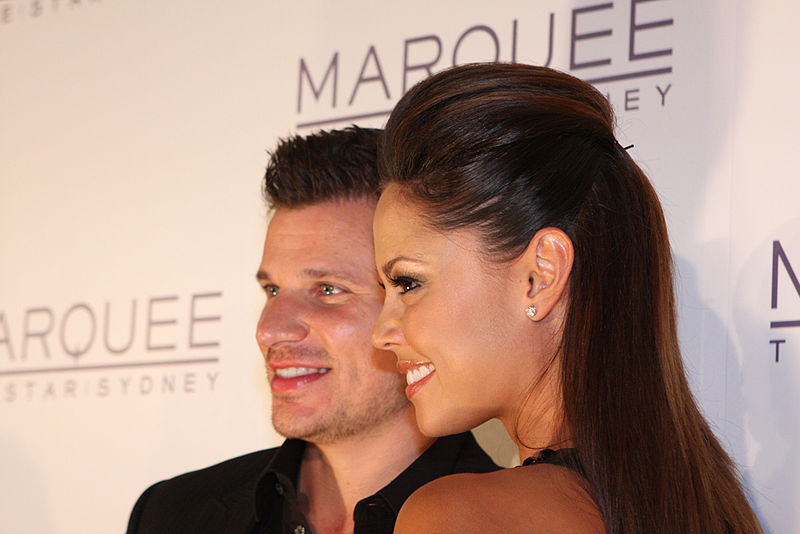‘Love Is Blind’ turns blind eye to true love for guilty pleasure entertainment
‘Love is Blind’ hosts Nick and Vanessa Lachey pose outside of a night club opening in Sydney, Australia. While not confirmed by Netflix, show creator Chris Coelen is hoping the streaming giant will renew it for more seasons.
For most, falling in love is a delicate process that should be taken at your own pace, especially if marriage is in the question. In the Netflix original “Love Is Blind,” the freedom to take control of a relationship is stripped away in exchange for gaining popularity in the oversaturated genre of reality dating TV shows.
The premise is that contestants aren’t allowed to see their potential partner until one person, typically the man, decides to propose after a few conversations. All interaction is restricted to communicating in their respective pods in the form of speed dating.
However, the series experiences a disconnect in its failure to commit to its original premise in exchange for unwarranted drama caused by rushed pacing.
For starters, “Love is Blind” spends only three episodes with contestants inside the pods, which defeats the purpose of promoting the show as a blind-dating scenario. Besides that, every contestant is fairly attractive by societal standards, so it’s not like any contestant had anything to be disappointed in.
The series also blatantly misrepresents the reality of relationships with the way it rushes through major milestones. Immediately after the couples leave the pods, they go on a honeymoon and move in together without contact with family or friends.
Even in being a reality show, the disconnection between reality and imagination is too apparent to be ignored. Nothing in “Love Is Blind” feels real, especially with its conservative ideas on relationships.
The series is strictly heterosexual in its nature and plays into conservative views on gender roles and sexual orientation. The living arrangements reflect this preference by restricting women to only speed dating with men and vice versa.
This isn’t the case for other reality dating series like “The Bachelor” spinoff, “Bachelor In Paradise” and “Love Island Australia” had their first same-sex relationships in 2019, breaking away from this unrealistic portrayal of romance in order to convey a believable experience to viewers.
All of these shortcomings accumulate into the outcome and portrayal of the relationships on the show. Only five out of the seven couples are shown for an unknown reason, but it makes it feel as though the five chosen are there for their tumultuous plot lines.
“Love Is Blind” occurs over the span of a month, which is reflected in the relationship dynamics shown. They were given one month to fall in love with each other, and many couples struggle to gain healthy bonds that could work in marriage. With marriage being held at such a high standard on the show, it should be reflected in its premise.
In its entirety, “Love Is Blind” attempts to change the perception of what love is for reality TV but ends up trying to validate toxic relationships and portray chaos as a norm. While the looming question of whether love is truly blind is up to the couples, the series ends on a downcast note by revealing that love isn’t actually blind for a majority of couples.

I'm Taheera Washington, and I'm one of the Newsletter Editors! I'm a senior majoring in Writing & Rhetoric with a concentration in Creative Writing...







